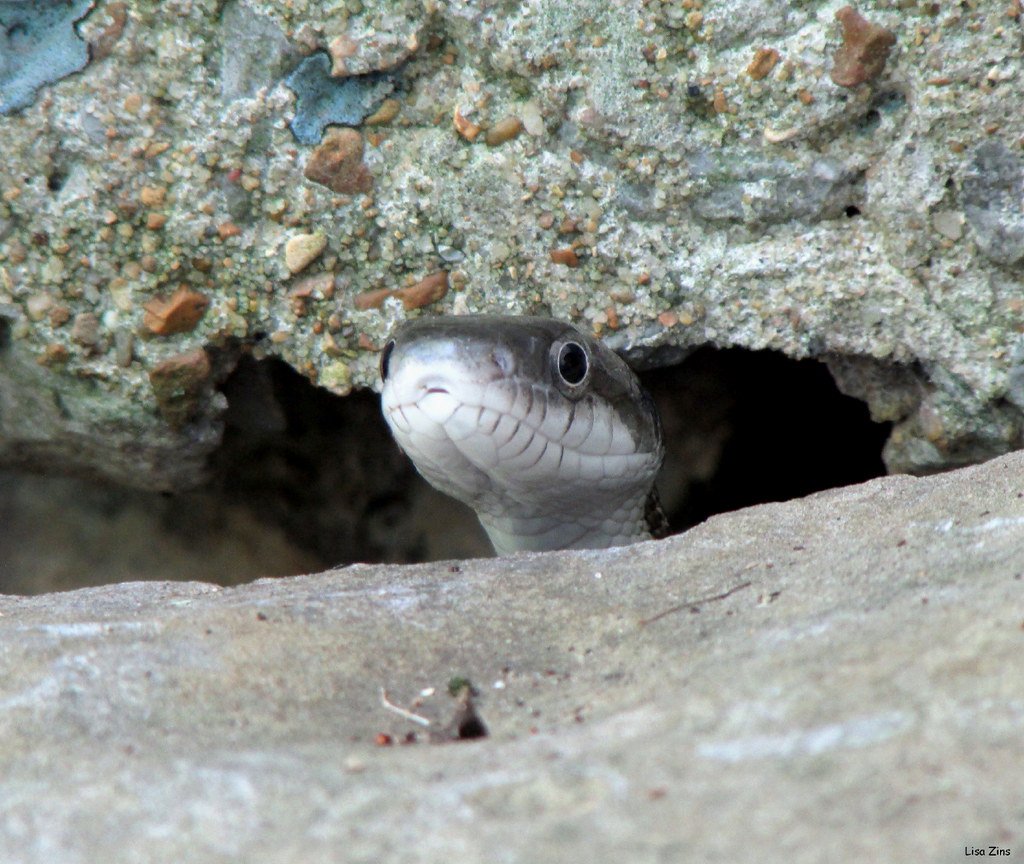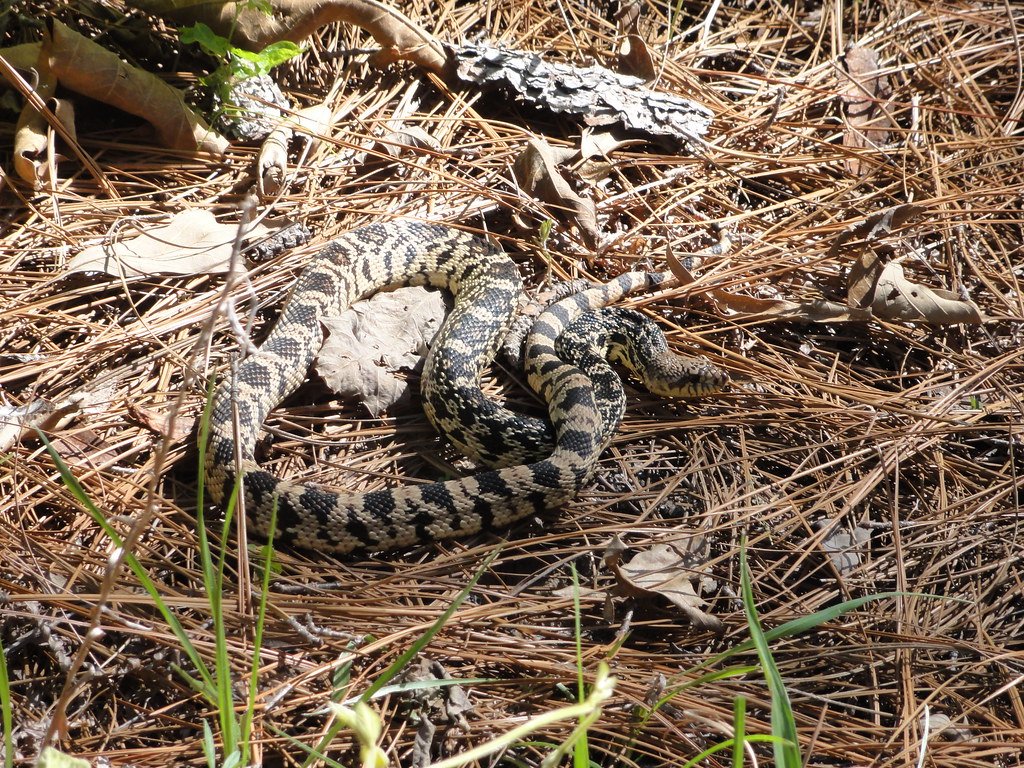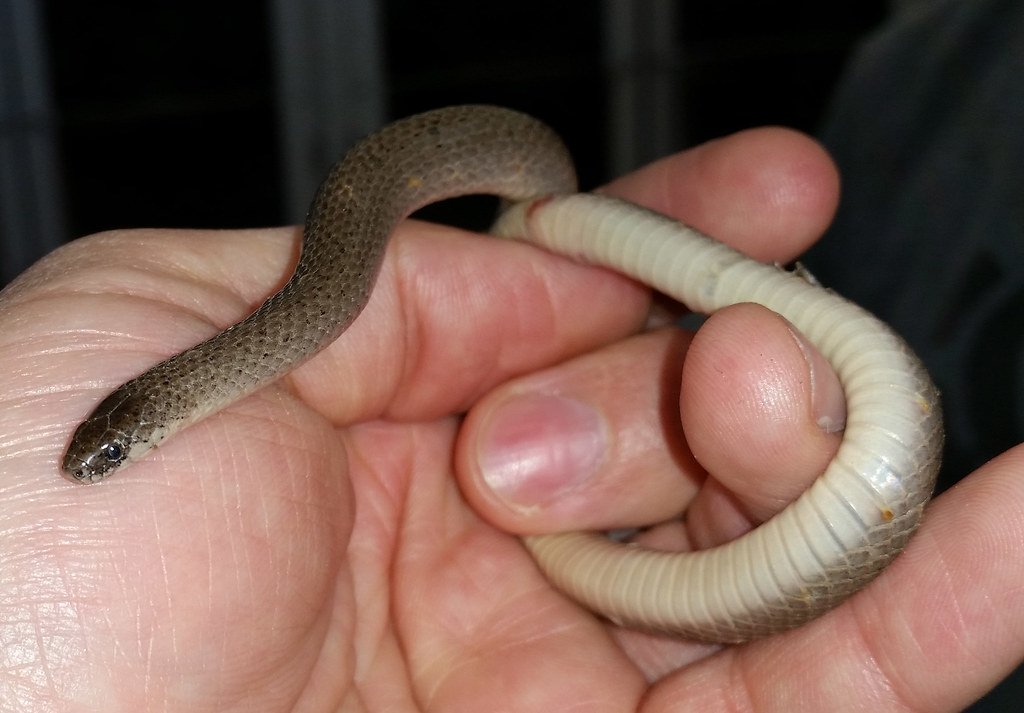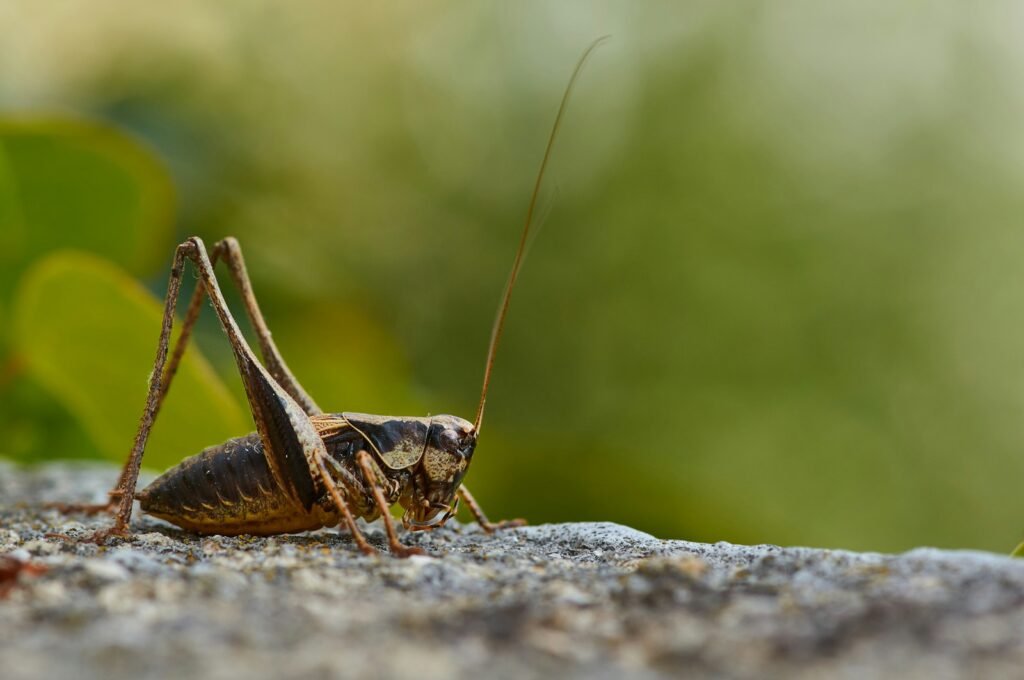The rustle of leaves, a sudden movement in the grass, and there it is – a snake. Most children’s first instinct is to run, scream, or freeze in terror. But what if we told you that these slithering creatures could become one of the most fascinating subjects your child ever discovers? Behind those scales and that serpentine movement lies a world of incredible adaptations, surprising behaviors, and scientific wonders that can transform fear into genuine curiosity.
The Ancient Origins of Snake Fear

Scientists believe our fear of snakes runs deeper than learned behavior – it’s actually hardwired into our brains through millions of years of evolution. This primal response, called ophidiophobia, helped our ancestors survive in environments where venomous snakes posed real threats. When children encounter snakes, they’re experiencing an ancient survival mechanism that once kept humans alive.
Research has shown that even babies who have never seen a snake before will show signs of stress when presented with snake-like shapes or movements. This isn’t a weakness or character flaw – it’s actually a testament to the incredible power of evolution and how our brains are designed to protect us.
Breaking Down the Myths That Fuel Fear

Many childhood fears about snakes stem from misconceptions passed down through generations. The idea that all snakes are dangerous, aggressive, or slimy couldn’t be further from the truth. In reality, snakes are dry to the touch, with scales that feel similar to leather or a basketball.
Out of approximately 3,000 snake species worldwide, only about 600 are venomous, and even fewer pose any real threat to humans. Most snakes are actually more afraid of us than we are of them – they prefer to avoid confrontation and will only strike when they feel cornered or threatened.
The Incredible World of Snake Senses

Snakes possess sensory abilities that seem almost supernatural to us humans. They can “taste” the air with their forked tongues, collecting chemical information about their environment in ways we can barely comprehend. This process, called chemoreception, allows them to track prey, find mates, and navigate their world with remarkable precision.
Some species, like pit vipers and pythons, have heat-sensing organs that can detect temperature differences as small as 0.003 degrees Celsius. Imagine being able to “see” the heat signature of a mouse hiding in complete darkness – that’s the kind of superpower these reptiles possess.
Masters of Movement Without Legs

The way snakes move is nothing short of miraculous when you really think about it. Without arms or legs, they’ve developed four distinct types of locomotion that allow them to climb trees, swim through water, and even glide through the air. The most common method, lateral undulation, involves creating S-shaped curves that push against irregularities in the ground.
For children fascinated by physics and mechanics, snake movement offers endless opportunities for exploration. They can experiment with how different surfaces affect movement, or try to replicate snake-like motion themselves to understand the principles involved.
The Art of Swallowing Prey Whole

One of the most mind-blowing aspects of snake biology is their ability to consume prey much larger than their own heads. Their jaws can unhinge and stretch to incredible proportions, while their throats expand to accommodate massive meals. This isn’t magic – it’s sophisticated anatomy in action.
The process can take hours and requires the snake to essentially reshape its entire body to make room for the meal. During this time, they’re completely vulnerable, which is why snakes are so selective about when and what they eat.
Skin-Shedding Secrets

The process of shedding skin, called ecdysis, is one of the most fascinating aspects of snake biology that children can easily observe and understand. Unlike humans who shed skin cells constantly, snakes shed their entire outer layer in one piece, like taking off a sock turned inside out.
This process happens multiple times per year and serves several important purposes: it allows for growth, removes parasites, and helps heal injuries. Young snakes shed more frequently than adults because they’re growing rapidly. The old skin, called a shed or slough, often retains incredible detail including the eye caps and scale patterns.
Venomous vs. Poisonous: Understanding the Difference

Many people use the terms “venomous” and “poisonous” interchangeably when talking about snakes, but they’re actually quite different. Venomous snakes inject toxins through fangs when they bite, while poisonous animals are toxic when eaten. This distinction is crucial for understanding how these defense mechanisms work.
Venom is essentially a cocktail of proteins and enzymes designed to immobilize prey or defend against threats. Different snake species have evolved different types of venom – some attack the nervous system, others break down tissue, and some affect blood clotting. It’s like nature’s own chemistry lab in action.
The Surprising Diversity of Snake Diets

Snakes are incredibly diverse in their feeding habits, with different species specializing in everything from eggs and fish to birds and other snakes. Some, like the African egg-eating snake, have evolved specifically to consume bird eggs, using special throat bones to crack the shell and swallow the contents while spitting out the empty shell pieces.
Other species, like the king cobra, are ophiophagous – meaning they primarily eat other snakes. This dietary specialization has led to incredible adaptations and hunting strategies that rival anything you’d see in a nature documentary.
Snake Communication: More Than Just Hissing

While hissing is the most well-known form of snake communication, these reptiles actually have a surprisingly sophisticated array of ways to communicate with each other and their environment. Some species use body language, pheromones, and even vibrations to convey information.
Rattlesnakes, for example, use their iconic rattle as a warning system – it’s essentially nature’s way of saying “back off” without having to waste energy on unnecessary confrontation. Other species might flatten their bodies to appear larger, or coil into defensive positions to communicate their intentions.
The Role of Snakes in Ecosystem Balance

Snakes play a crucial role in maintaining healthy ecosystems by controlling rodent populations and serving as both predators and prey in the food web. A single snake can consume dozens of mice and rats per year, providing natural pest control that benefits both wild habitats and human communities.
Without snakes, rodent populations would explode, leading to crop damage, disease spread, and ecological imbalance. They’re like nature’s pest control specialists, working 24/7 to keep things in balance.
Cultural Significance Across Civilizations

Throughout human history, snakes have held powerful symbolic meanings in cultures around the world. From the healing serpent of Asclepius in Greek mythology to the rainbow serpent of Aboriginal Australian dreamtime stories, these creatures have captured human imagination for millennia.
In many cultures, snakes represent transformation, wisdom, and renewal – largely because of their ability to shed their skin and emerge renewed. Understanding these cultural connections can help children appreciate snakes from a historical and anthropological perspective.
Amazing Adaptations for Survival

Snakes have evolved incredible adaptations that allow them to thrive in virtually every environment on Earth except Antarctica. Desert species can survive months without water, while aquatic species have evolved flattened tails for swimming and the ability to hold their breath for extended periods.
Some species, like the sidewinder rattlesnake, have developed unique locomotion patterns specifically for moving across loose sand. Others, like the flying snake, can glide between trees by flattening their bodies and using air currents to control their descent.
The Science of Snake Reproduction

Snake reproduction involves fascinating behaviors and biological processes that can spark children’s interest in biology and life sciences. Most snakes lay eggs, but some species give birth to live young, and a few can even reproduce without males through a process called parthenogenesis.
The mating rituals of some species involve elaborate dances, combat between males, and complex chemical communications. These behaviors demonstrate the sophisticated social lives of creatures often dismissed as simple or primitive.
Conservation Challenges and Success Stories

Many snake species face threats from habitat loss, climate change, and human persecution. However, there are also inspiring conservation success stories that show how understanding and protecting these creatures can lead to positive outcomes for both snakes and humans.
Children can learn about the importance of biodiversity and conservation through snake-focused programs and initiatives. Understanding that these creatures need our protection can transform fear into a sense of responsibility and stewardship.
Safe Snake Encounters in the Wild

Teaching children how to safely observe and appreciate snakes in their natural habitats is crucial for fostering respect rather than fear. The key principles include maintaining safe distances, never attempting to handle wild snakes, and understanding that most snake encounters end peacefully when humans give the animals space.
Creating positive associations with snake encounters – like pointing out their important ecological roles or fascinating behaviors – can help children develop a healthy respect for these creatures rather than paralyzing fear.
Educational Resources and Hands-On Learning

Zoos, nature centers, and educational programs offer excellent opportunities for children to learn about snakes in controlled, safe environments. Many facilities have educational programs specifically designed to help people overcome their fear of snakes while learning about their biology and behavior.
Hands-on experiences with non-venomous, docile species under expert supervision can be transformative for children. Feeling the dry, smooth texture of snake skin or watching a feeding demonstration can replace misconceptions with factual understanding.
The Future of Snake Research

Scientists continue to make exciting discoveries about snake biology, behavior, and evolution. Recent research has revealed new insights into snake cognition, social behaviors, and even potential medical applications for snake venom compounds.
For children interested in science careers, snakes offer endless opportunities for research and discovery. From studying their unique physiology to exploring their ecological relationships, these creatures continue to surprise and fascinate researchers around the world.
Building Respect Through Understanding

The journey from fear to fascination with snakes mirrors broader lessons about approaching the unknown with curiosity rather than prejudice. When children learn to appreciate these remarkable creatures, they’re also learning valuable life skills about overcoming fear, questioning assumptions, and finding wonder in unexpected places.
This transformation doesn’t happen overnight, but with patience, education, and positive experiences, children can develop a healthy respect for snakes that will serve them well throughout their lives. The key is replacing fear-based reactions with knowledge-based understanding, turning these scaled creatures from objects of terror into subjects of wonder.
What seemed impossible at first – transforming a child’s snake phobia into genuine fascination – becomes not just possible but inevitable when we approach these remarkable creatures with open minds and scientific curiosity. The next time your child encounters a snake, they might just surprise you with their newfound appreciation for one of nature’s most misunderstood marvels.

